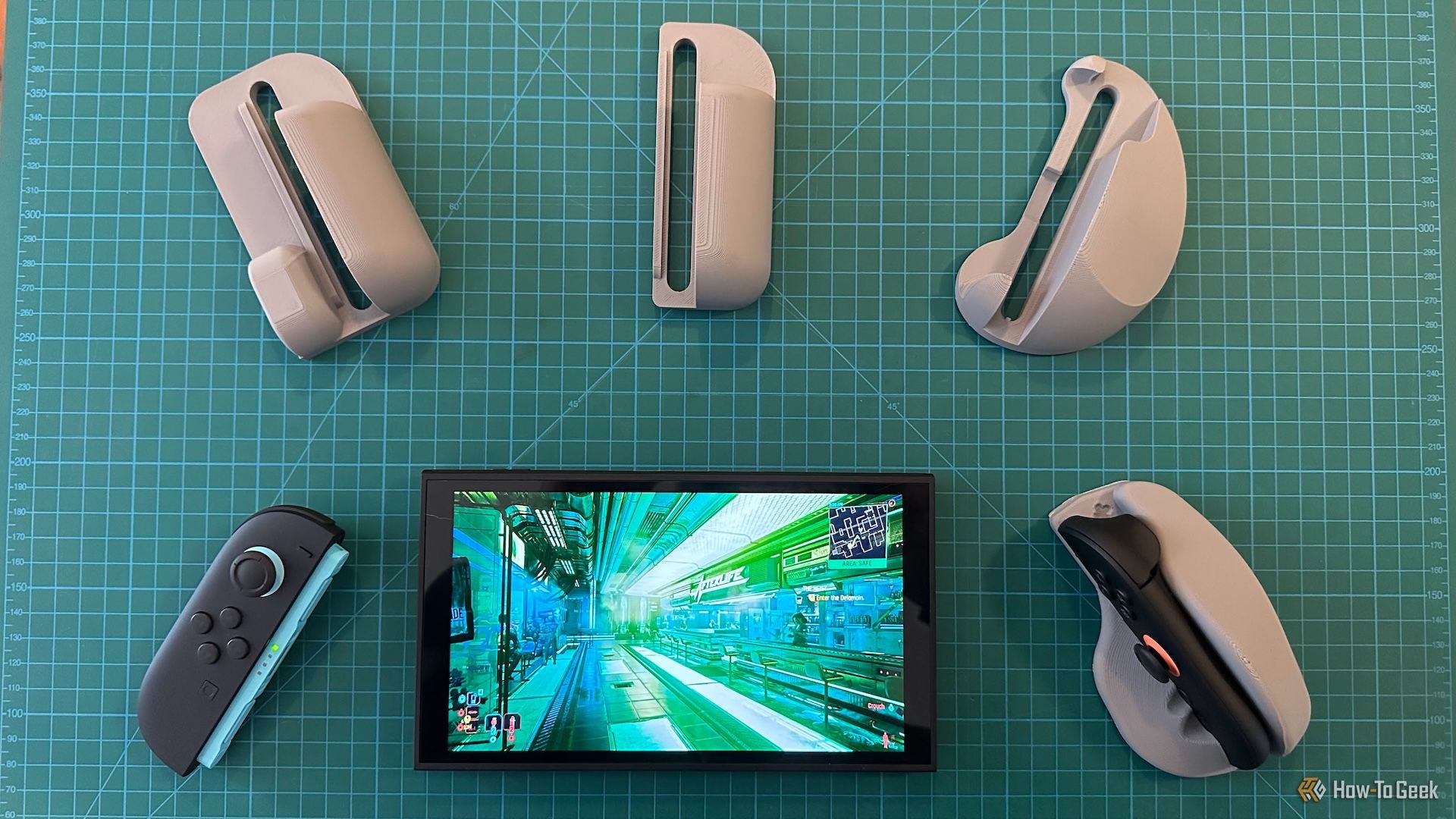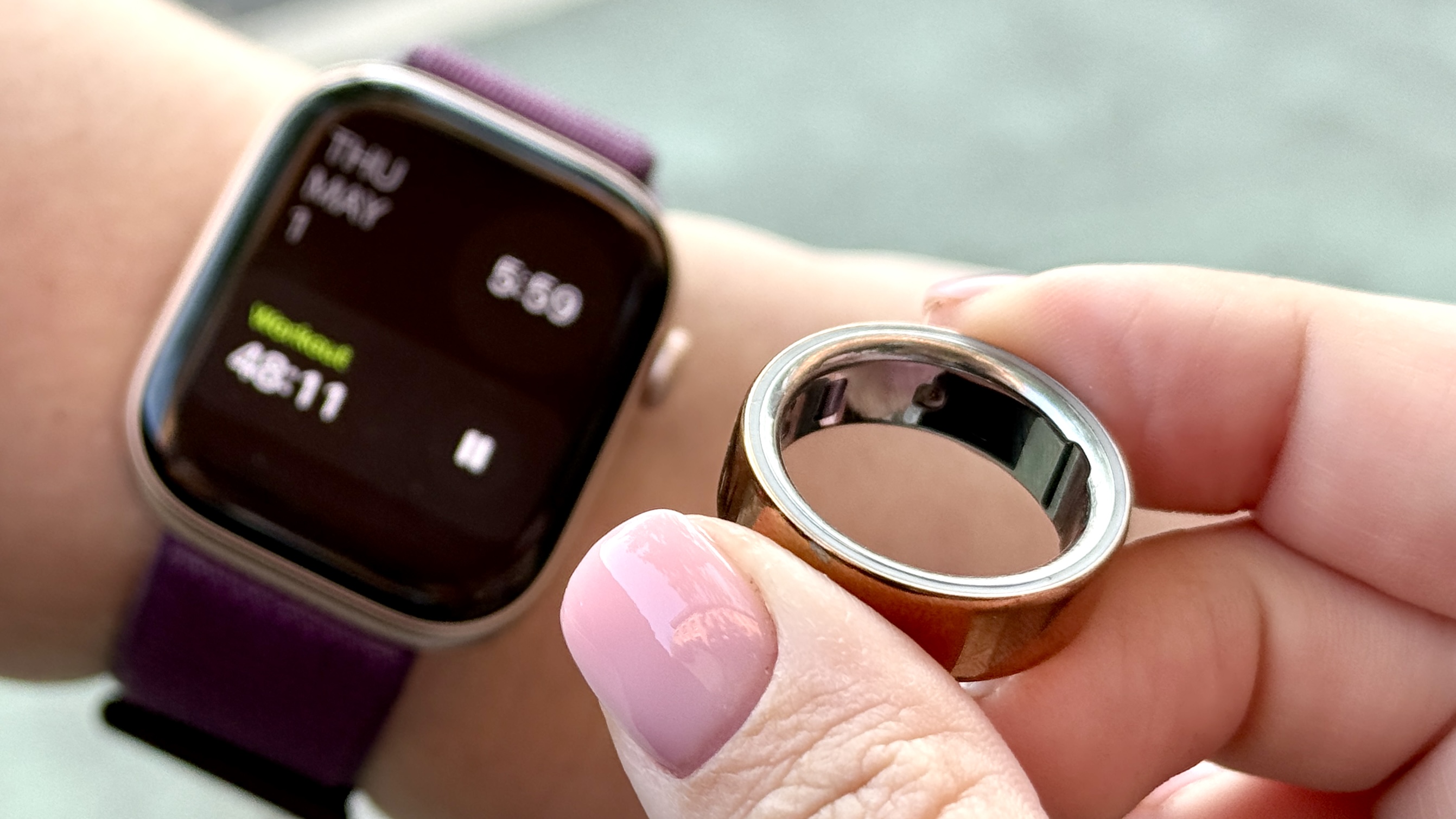Android vs iPhone: Which has better security?

People often compare Android vs iPhone security because the two take such different approaches. Apple maintains tight control over both hardware and software, whereas Android offers users more freedom. That freedom, though, can sometimes come at the cost of security.
In this guide, we look at how Android and iPhone compare across key areas like OS design, app store policies, update support, and more. We also list 10 useful tips that can boost your phone’s security, no matter which system you use or how new your device is.
Android vs iPhone security at a glance
Before we delve into the finer details of Android vs iPhone security, let’s see how they compare in four key sectors:
- Security standardization: There’s no shortage of Android manufacturers on the market, each with their own approach to security (some better than others). Meanwhile, Apple’s unified ecosystem means less guesswork on which iPhone is more secure.
- Support longevity: Apple typically offers iOS updates for 7-8 years, keeping even older iPhones secure. Google promises seven years for newer Pixel phones, but Samsung and others vary. Generally, Android devices stop getting updates after 3-5 years.
- Closed vs open-source code: Android’s base is open source, which can help catch bugs faster since anyone can check the code. But in reality, most Android phones run Google’s proprietary software on top, so it’s not fully open. Apple’s closed system means it’s tougher to exploit, though some users prefer the open-source aspect.
- App store review process: Apple has a strict app review process, with manual checks that can catch shady apps before they go live. Google’s Play Store uses more automation, and while it’s been improving, fake apps still slip through a lot.
At first glance, the iPhone appears more secure than Android smartphones. However, that doesn’t mean Apple users are completely safe from any cyber threats. Nor does it mean that Android phones can’t be just as safe as iPhones with the proper precautions.
Android security overview
As mentioned, manufacturers vary significantly, making it challenging to keep Android secure across all devices. That said, some brands have strong defenses on top of the standard Android offering. If security is a high priority, then it’s important to go with a trusted company.
Here are a few brands that go beyond the basics:
- Samsung: Uses Samsung Knox, which isolates work and personal apps, encrypts your data in transit and at rest, and includes other protections backed by multiple government certifications.
- Google: The Pixel’s embedded Titan M2 chip handles lock screen and firmware checks, securely stores encryption keys, and ensures OS updates are authentic before installation, which protects the device from physical tampering and malicious software.
- OnePlus: Encrypts stored data and has a private app locker that hides sensitive apps and files behind a second layer of authentication.
No matter which one you go with, it’s worth digging into how each model handles security. Check things like update frequency, the duration of phone support, and what real users say on platforms like Reddit or review sites. A little research goes a long way.
iPhone security overview
Apple’s locked-down ecosystem makes it harder for attackers to slip in. Not only do apps have to go through Apple’s review system before release, but the company controls both the hardware and software, leaving fewer paths for malware and other threats to get in.
Moreover, iPhones feature the Secure Enclave, a dedicated coprocessor separate from the main processor that stores Face ID and Touch ID data. Even if malware compromises the phone’s OS, the Enclave keeps your sensitive info sealed off and harder to reach.
Despite these protections, iOS malware has seen a 70% increase in 2020 alone, proving that iPhones aren’t as untouchable as people once thought. Even less so if you use a jailbroken device to get around Apple’s restrictions.
Android vs iPhone: Comparing OS security
iOS and Android take very different paths when it comes to security. One favors strict control, while the other offers more flexibility. Here’s how those choices affect day-to-day security.
Android OS security: flexibility vs fragmentation
1. Fragmentation as a design-level challenge
Unlike iOS, Android isn’t just one product. It’s a platform used by almost 1,300 providers worldwide. That means updates, security patches, and features vary a lot depending on who made your phone.
Google can push fixes for Android, but it’s up to each company to adapt and ship them. Some do it quickly, while others don’t, and that inconsistency creates gaps that attackers can take advantage of.
2. Custom ROMs and sideloading
Android allows for more control over the system, such as flashing custom ROMs or sideloading apps from outside the Google Play Store. That flexibility is great if you know what you’re doing, but it also makes it less secure overall. Installing unverified software or using unofficial builds can compromise the built-in protections and increase the risk of malware infection.
3. Open source nature
Base Android is open source, which means anyone can look at the code and report any issues. It also lets users and manufacturers build custom versions, tweak behavior, or remove features they don’t want.
But this openness works both ways. If someone finds a vulnerability, they might exploit it before a fix rolls out, especially if the provider is slow to patch things. And since not all manufacturers apply updates equally, some phones remain at risk for longer than others.
4. Google Play Protect and its limitations
Google includes Play Protect, which scans apps for malicious behavior (even the ones you install outside the Play Store). It’s always running in the background and can flag or disable harmful apps.
However, it’s not foolproof. Malware sometimes slips past, and its effectiveness can vary depending on your phone model and Android version. It can also incorrectly flag safe apps as malware, leaving third-party devs waiting on Google’s manual checks and scaring off users.
iOS system security: control vs freedom
1. Strong hardware/software integration
Apple designs both the chips and the OS for iPhones, so the two are tightly linked. This close integration helps enforce system-wide security rules, such as how encryption keys are handled. For example, the Secure Enclave (a physically separate part of the chip) keeps biometric data and other sensitive information out of reach, even if iOS is compromised.
2. iOS and the “walled garden”
Apple’s “walled garden” approach locks down nearly every part of iOS. You can’t access system files, sideload apps freely (unless you’re in the EU), or make significant changes to how the OS works. That can be frustrating, but it also keeps attackers from doing those same things.
Because Apple controls the hardware, OS, and App Store, it can enforce stricter rules and shut out anything that doesn’t meet them. This includes unsigned apps, suspicious installations, and system-level tweaks that could compromise security.
The downsides? Well, besides the fact that there’s no community-driven bug hunting like on Android, you get less customization and freedom. But if you don’t want to think too hard about safety, iOS’s limits remove many of the risks before they even become a problem.
3. App permissions and background activity
iOS restricts the actions that apps can perform in the background. For example, location access, clipboard access, and microphone use all have clear permission gates. Even when granted, access is typically restricted unless the app is actively in use. This makes it harder for apps to overstep their boundaries without you noticing.
4. No deep antivirus access by design
You won’t find full-fledged antivirus apps on iOS—not because they’re banned, but because the system doesn’t allow them deep enough access to work the way they do on Android. Since Apple closely manages app and data permissions, you don’t usually need antivirus help.
Android vs iPhone: Which app store has better security?
How app stores review and limit apps play a big role in your phone’s safety. Android gives users more freedom to explore, while Apple’s stricter rules can stop threats early. Here’s a closer look at Android vs iPhone app store security.
Google Play Store security
Google Play reviews apps before they appear in the store, but the sheer number of submissions makes it hard to catch everything. Fake or shady apps still pop up, usually disguised as harmless tools or clones of popular apps.
The volume also makes it harder to spot privacy issues, especially in apps aimed at children. For instance, our research reveals that over 2 in 5 kids’ apps on Google Play break COPPA rules on data privacy.
Furthermore, the fact that you can easily install third-party apps on Android makes the Play Store’s safeguards easier to bypass.
App Store security
Apple’s review process combines automation with manual checks, which results in slower approvals, but also makes it more difficult for low-quality or fraudulent apps to get through. Still, even with manual reviews, Apple doesn’t always catch privacy violations.
Much like Google Play, our analysts discovered that 1 in 4 App Store kids’ apps break COPPA rules. In the end, Apple is only slightly better at catching apps that misuse kids’ data, despite the stricter review process.
Otherwise, the EU’s Digital Markets Act now requires Apple to allow third-party app stores and sideloading on iPhones (but only in the EU). This change allows for more flexibility, but also raises concerns about how Apple will handle app security in future updates.
10 easy steps to improve your security on Android and iPhone
Whether your next upgrade is an Android or an iPhone, here are some security best practices to keep in mind.
1. Keep your phone up-to-date
It can be annoying when a new UI update messes with the way you use your phone, or even outright breaks things (looking at you, OneUI 7). But while you can get used to a new workflow, the security fixes included in new Android and iOS versions are worth the adjustment.
2. Reboot your phone weekly (at least)
The NSA warns that completely restarting your phone at least once every week can disrupt certain zero-click attacks that let hackers spy on you without doing anything. Naturally, it’s not a catch-all solution, but setting aside a minute before bed for it won’t hurt.
3. Stick to verified app stores
With the EU now allowing sideloading on iOS, it may seem tempting to try out all the new app options. But whether you’re on Android or iPhone, we recommend downloading apps only from Google Play or the App Store to avoid malware, shady data collection, and so on.
Sure, both stores have had their slip-ups, but they still offer more protection than random websites or third-party stores.
4. Lock down your phone
Whether it’s a PIN, pattern, fingerprint, or face scan, always set up a lock screen. That way, if someone steals your phone, they won’t be able to snoop through your apps, messages, or saved passwords.
If you have an app locker feature like the OnePlus, consider using that too, just in case someone grabs your phone while you’re using it. Don’t forget to turn on Google’s Find My Device or Apple’s Find My iPhone options to lock or erase your phone remotely.
5. Create frequent backups
Backing up your phone protects your data in case of theft, a factory reset, or a hardware failure. Both Android and iOS offer cloud backup options that can be scheduled automatically, so you’re not starting from scratch if something goes wrong.
See more: iCloud vs Google Drive: Which is best and most secure?
6. Use a password manager
Data breaches are more common than ever, and even big-name companies aren’t immune. If you tend to reuse passwords and one of them leaks, your logins could be at risk. That’s where password managers come in.
The best password manager apps can generate and store strong, unique passwords for every account without making you remember them all. Many include their own biometric system to keep out phone snatchers.
7. Enable two-factor authentication (2FA)
Even the strongest password can’t stop every threat. 2FA adds another layer—like a text code, app prompt, or hardware key—that a hacker would need to access your account. It’s one of the simplest ways to boost your security on Android and iPhone alike.
Most major apps and services support 2FA now, and it only takes a few minutes to turn on. Use an authenticator app when possible, since SMS codes can be intercepted.
8. Get a secure VPN
Using a secure VPN protects your data when you’re on public Wi-Fi or any network you don’t fully trust. It encrypts your internet traffic so snoopers can’t see what you’re doing, making it harder for hackers to steal passwords or other sensitive info.
9. Avoid sketchy links and downloads
Whether you use Android or iPhone, both have beefed up their security over the years. As such, attackers now rely on common phishing scams that ask users to click suspicious links or download malicious apps.
Be skeptical of texts, emails, or pop-ups asking for info or prompting a download, especially if they create a sense of urgency. If something feels off, it probably is. Then again, the most convincing AI scams can bypass Google verification nowadays.
If any official-looking email asks you to log in or tap anything, just do so through the main website or app. Once you’re in, you’ll most likely get a notification if you need to “complete your verification” or deal with any actual account-related stuff.
10. Install a mobile antivirus
Even if you end up downloading or clicking on the wrong thing, an Android antivirus can scan apps and files for malicious code, or even alert you about scammy links. iOS options are more limited (no full system scams), but can still be useful, especially on jailbroken iPhones.
Android vs iPhone security FAQs
Is iPhone more secure than Android?
iPhone tends to be more secure than Android thanks to its closed-off ecosystem, longer support time, and strict App Store guidelines. Meanwhile, Android security depends on your provider, though it can be just as safe if you stick with a trusted brand and install the latest updates.
Can iPhones get viruses?
Yes, iPhones can get viruses, though more rarely than Androids. Most threats come from jailbreaking your device or falling for phishing scams. Install updates as they release, and avoid suspicious links to avoid any unwanted surprises.
Which gets hacked more, iPhone or Android?
Android devices tend to get hacked more often, mostly because of the sheer number of providers, software versions, delayed updates, and so on. That said, iOS isn’t immune to hacking, so practice good security habits whether you’re on Android or iPhone.
Source link











